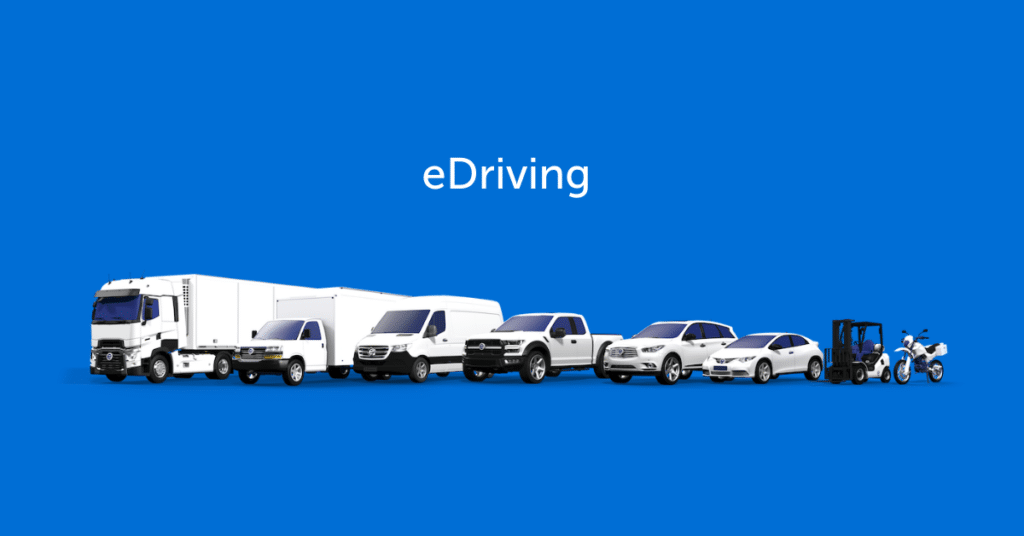Using GIS to Improve Fleet Management
November 23, 2020

Geographic Information Systems (GIS) data shows an object’s position on the Earth’s surface. It includes:
- Streets
- Buildings
- Vegetation
- Bodies of water
How GIS Helps Supply Chain Businesses
Businesses are rapidly becoming acquainted with the role of GIS in fleet management. Keeping shipments moving smoothly is crucial for high-performing supply chains. It can be a challenging goal, but it’s one that geospatial tools can achieve.
Trouble-free supply chain operations are also crucial due to the online shopping boom. According to one study, there was a 63% increase in e-commerce traffic and a 210% jump in order volumes via digital channels between February and April of 2020. GIS plays a crucial role in optimizing fleet management by giving companies more visibility into their vehicles and providing valuable insights.
What GIS benefits for fleet management can you expect?
GIS to Improves Fleet Management and the Supply Chain
Supply chain efficiency must happen at several levels. A manufacturing plant could get ahead of schedule preparing an item for shipment, for instance, but poor fleet management might still make the product arrive late. Here are four ways that using GIS for fleet management supports supply chain success:
- Creating efficient routes: A truck driver may make several stops to pick up or deliver items in a day. GIS data can improve route optimization and prevent backtracking, giving drivers a higher likelihood of making on-time deliveries that satisfy customers.
- Accommodating for traffic changes: The Bureau of Transportation Statistics counted 6,734,000 highway crashes in the U.S. during 2018. Such incidents — along with issues like road construction — can cause traffic backups. GIS data helps managers identify potential problems and instruct drivers to avoid them.
- Monitoring driver behavior: GIS data also promotes safety. Geospatial maps can show speed limit data and let managers give speed limit safety alerts for different rigs. The National Highway Traffic Safety Administration (NHTSA) found that 26% of all traffic fatalities in 2017 had speeding as a contributing factor. GIS data enables rewarding safe driving and coaching employees about worrisome habits.
- Facilitating better dispatch decisions: Consider the role of GIS fleet management in dispatch choices too. If one fleet driver will not finish their deliveries on time, you might send another worker to meet them and take some of the load. Since GIS tools offer vehicle tracking, they make such decisions more productive.
What we do for the transportation industry »
How Can You Use GIS Fleet Management Tools?
As the examples above show, the impact of GIS fleet management data is frequently positive, and you can experience it too. Bring HERE map data into your fleet and supply chain management operations.
The Korem team combines our HERE partnership with almost three decades of experience, providing you with outstanding solutions to scale your supply chain and simplify fleet management. Instead of relying on guesswork to plan the movement of goods, you can trust updated and reliable geospatial data to keep track of your fleet.
We look forward to showing you how GIS information could take your fleet management capabilities to the next level. Contact us today to learn more or request a free data sample or a quote.







